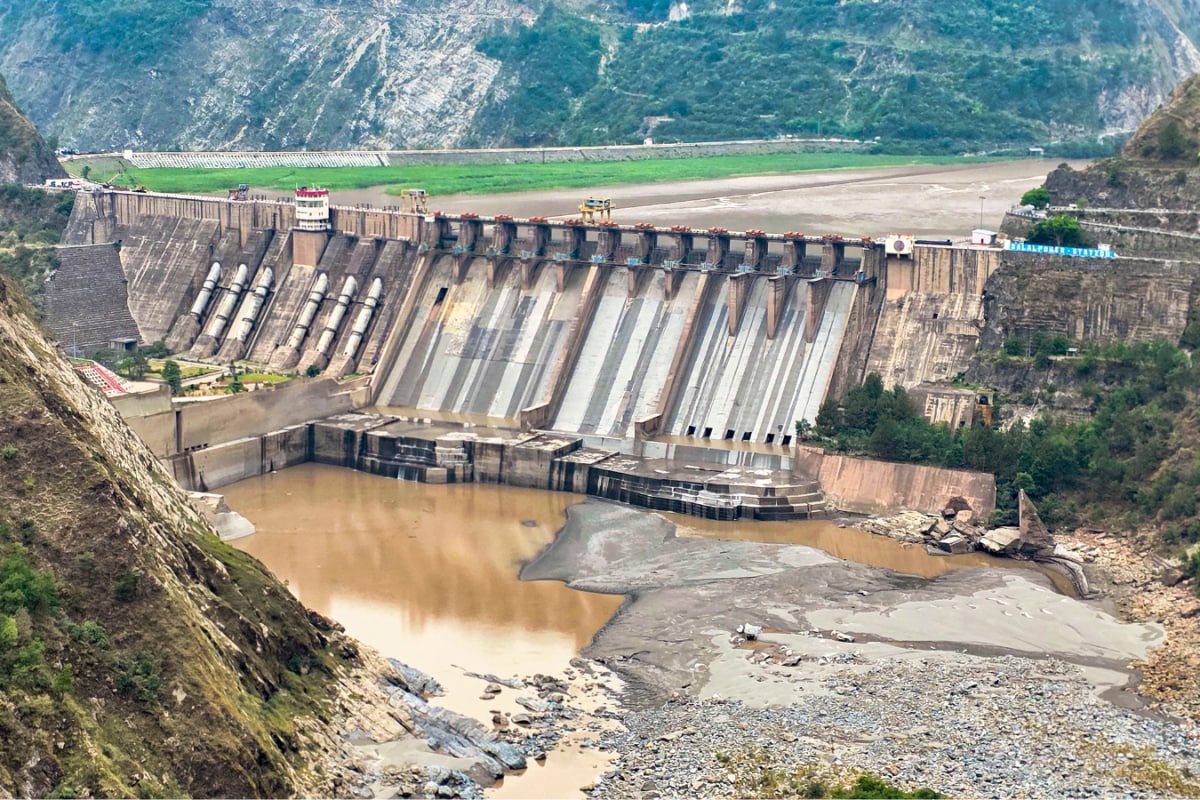

The twin cities of Islamabad and Rawalpindi are facing a looming water crisis, with current reserves estimated to last only about 35 days. This precarious situation is primarily attributed to decreasing water levels in key dams, particularly Khanpur Dam, which is nearing its "dead level". Reduced rainfall and a prolonged dry spell have exacerbated the issue, leading to a steep decline in the groundwater table.
Dam Levels and Depletion
The water levels in the three major dams that supply water to Islamabad and Rawalpindi – Rawal, Simly, and Khanpur – are dropping rapidly. Khanpur Dam's water level was reported on Tuesday, May 6, 2025, to be at 1,935 feet above mean sea level (AMSL), dangerously close to its dead level of 1,910 feet AMSL. The inflow into the dam has decreased to 82 cusecs per day, while the outflow is 235 cusecs per day. Rawal Dam has a storage capacity of 1,752 feet and a dead level of 1,708 feet. Its current water level is at 1,741.10 feet and continues to decline. Simly Dam, which exclusively supplies water to Islamabad, has a capacity of 2,315 feet and a dead level of 2,233 feet, with the current level at 2,263.80 feet.
Reasons for the Crisis
Several factors have converged to create this critical situation. Significantly reduced rainfall this year, coupled with a prolonged dry spell, has severely impacted dam levels. The lack of adequate rainfall in the catchment areas of the dams, including the Margalla Hills and Galiyat, has further worsened the situation, drying up springs that feed the dams. The water table in Rawalpindi has fallen below 700 feet, leading to a severe water shortage across the city. Rising populations and increased commercial activities have also put a strain on existing water resources.
Mitigation Efforts and Water Management
The Water and Sanitation Agency (WASA) has implemented a "Water Control Plan" to manage the crisis. This plan includes crackdowns on water theft and defaulters of water bills, as well as bans on using pipeline water for gardens, driveways, and car washing. Car wash stations are being required to install water recycling systems. The Punjab environmental department has already banned car washing and the use of water pipes at homes, with violators facing fines. WASA has also launched an awareness campaign urging citizens to conserve water. Water rationing plans are being prepared for implementation.
Alternative Water Sources and Long-Term Solutions
To manage the water shortage, water is being sourced from Rawal Dam, Khanpur Dam, and tube wells. However, authorities have warned that if rainfall remains scarce, the twin cities will face a major water shortage. Several long-term projects are underway to address the water scarcity issue. The Chahan Dam Water Supply Scheme is progressing, and its completion is expected to significantly improve the water supply. The Daducha Dam is also under construction and is expected to provide 35 million gallons per day (MGD) of drinking water to Rawalpindi. Officials emphasize that with changing climate patterns, tube wells are no longer a viable long-term solution, and dam water is essential. The Ghazi Barotha Project, if implemented, could address the water shortage in Rawalpindi and Islamabad for the next 100 years.
Consequences and Precautions
If heavy rainfall does not occur within the next 10 to 15 days, water levels are expected to fall drastically due to evaporation under intense heat. There are fears that water supplies for irrigation in Punjab and Khyber Pakhtunkhwa may need to be suspended, along with reduced drinking water availability for Rawalpindi and Islamabad. Residents are advised to reduce water usage and cooperate with WASA to help manage the crisis.
The situation demands immediate and sustained action from authorities and citizens alike to mitigate the impact of the water crisis and ensure a sustainable water supply for the future.